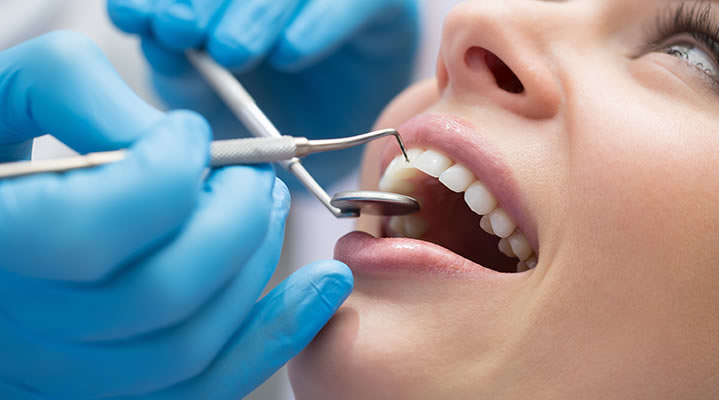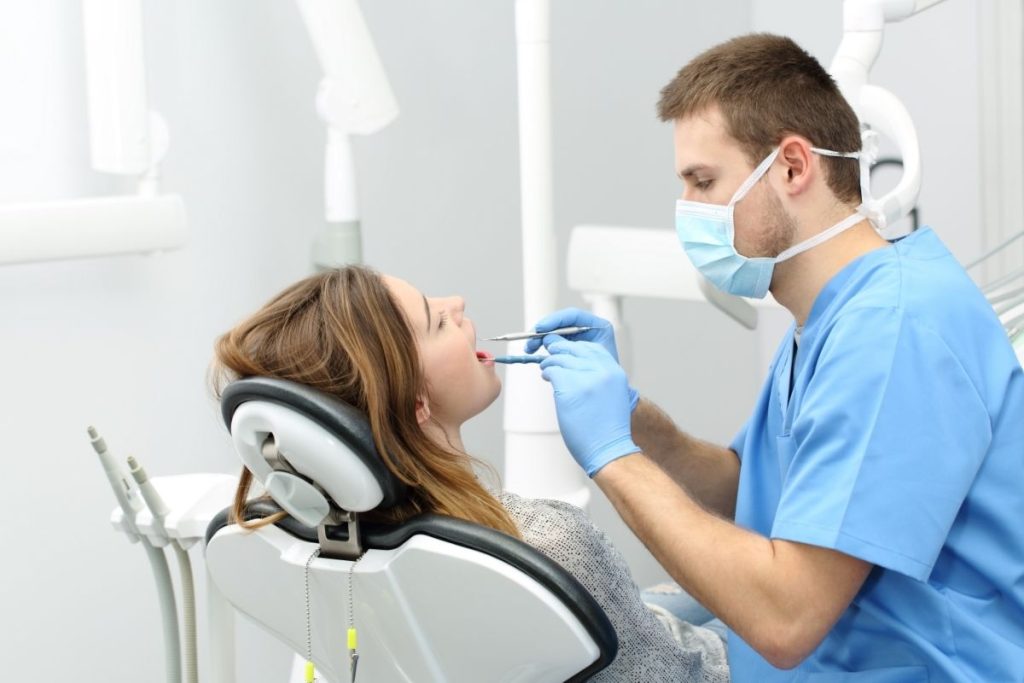Post-Tooth Extraction Care: Dos and Don’ts
Kia ora! If you’ve recently had a tooth pulled, or you’re gearing up for the procedure, you might be wondering about the best way to care for your mouth afterwards. It’s not just about dealing with the immediate aftermath but ensuring a smooth and speedy recovery. Let’s dive into some tips and tricks to help you navigate the post-tooth extraction care with ease.
Understanding the Post-Tooth Extraction Care Healing Process
First off, it’s important to get a grip on what your mouth is going through after an extraction. Once a tooth is removed, your body immediately begins the healing process. A blood clot forms in the socket to protect the bone and nerves underneath. This clot is key to the healing process, so it’s crucial to keep it intact.
Keeping the Clot Secure
The first 24 hours after your procedure are critical for clot formation. To protect it, avoid rinsing, spitting, or using a straw, as these actions can dislodge the clot, leading to a painful condition known as dry socket. Stick to soft foods and don’t poke the area with your tongue or fingers. Keeping the clot secure is your top priority.
Pain Management
Pain and swelling are normal but manageable. Applying an ice pack to your cheek in 15-minute intervals during the first 24 hours can significantly reduce swelling. Over-the-counter pain relief can be effective, but it’s wise to follow your dentist’s recommendations. Remember, pain management is about comfort, not endurance.
Oral Hygiene Post-Extraction
Maintaining oral hygiene is crucial but tricky after an extraction. After the first 24 hours, gently rinse your mouth with warm salt water several times a day, especially after meals, to keep the area clean. Brush your teeth as normal but steer clear of the extraction site to avoid disturbing the clot.
Post-Tooth Extraction Care: Foods to Embrace and Avoid
Your diet plays a huge role in the healing process. Soft foods like yoghurt, pudding, and soup are excellent choices for the first few days. Gradually reintroduce semi-soft foods as your comfort allows. However, steer clear of crunchy, hard, or sticky foods that could irritate the extraction site or dislodge the clot.
When to See Your Dentist
While some discomfort and swelling are to be expected, there are signs that warrant a trip back to the dentist. If you experience severe pain, bleeding that won’t stop, or signs of infection (such as fever, pus, or swollen lymph nodes), don’t hesitate to get in touch with your dental care provider.
Post-Tooth Extraction Care: Final Thoughts
Recovering from a tooth extraction requires a bit of patience and a lot of tender loving care for your mouth. By following these guidelines, you can ensure a smoother, quicker healing process. Remember, every individual heals at their own pace, so listen to your body and consult your dentist if you have any concerns.
It’s all about taking it easy, keeping the area clean, and giving your body the nutrients it needs to heal. So, put on your favourite show, grab a comfy pillow, and give yourself the care you deserve. Before you know it, you’ll be back to your usual self, ready to enjoy all the kai and adventures this beautiful place has to offer.
Healing from a tooth extraction doesn’t have to be a daunting experience. With a bit of knowledge and the right care, you’ll navigate this journey like a pro. Remember, it’s not just about getting through the procedure but ensuring a healthy recovery. Your mouth will thank you for it!




